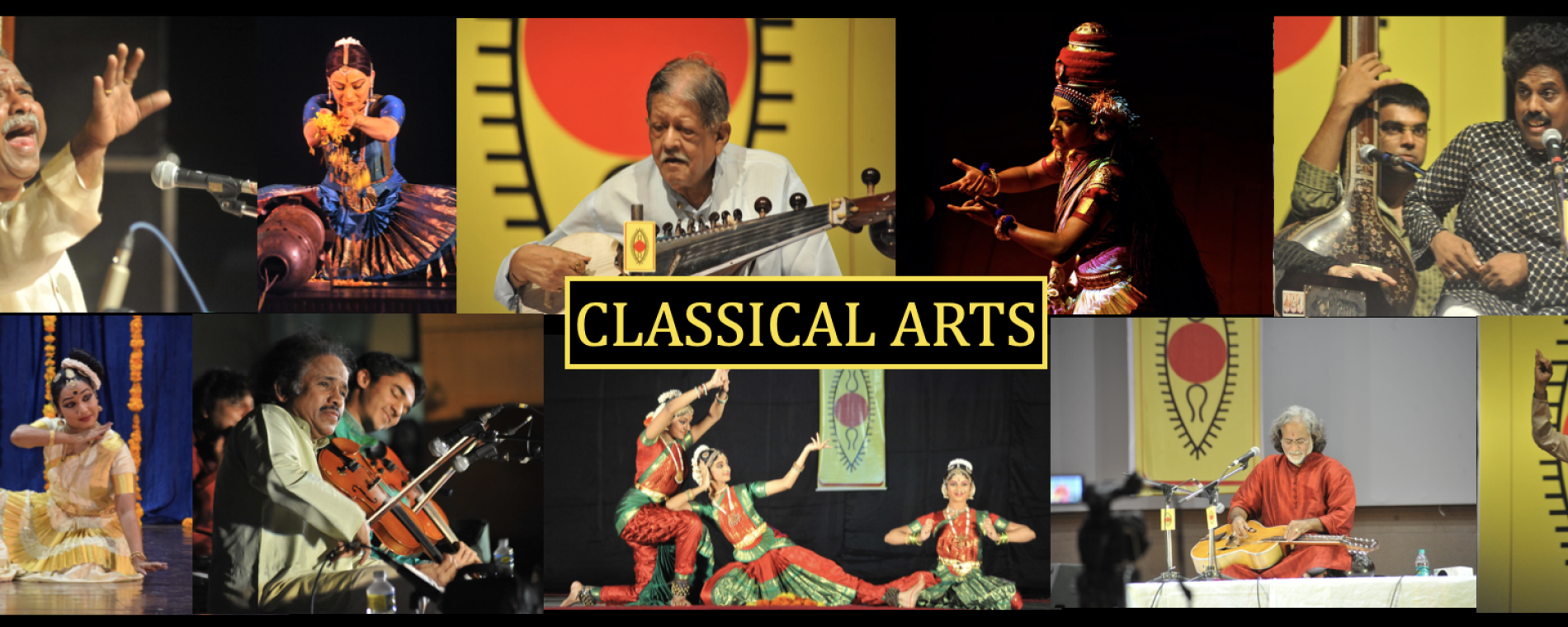
Classical Arts
Classical Music
Music is said to be “the art of sound in time, organized to the principles of pitch, rhythm, and harmony”. Indian classical music has developed through very complex interactions between different people of different races and cultures over several thousand years. The two dominant genres of Indian music are North Indian Hindustani classical music, and South Indian Carnatic classical music.

Hindustani Classical Music
Hindustani Classical Music is one of the two distinct schools of Indian Classical Music practiced mainly in North India. Although Hindustani music is primarily based on elements of ancient Vedic tradition, It has been heavily influenced by Persian, Arab and Afghan elements which have added a new dimension to Hindustani music. It is based on the Raga system. Hindustani Music is vocal-centric. There are ten main styles of singing in Hindustani music like the Dhrupad, Khayal, Tappa, Chaturanga, Tarana, Sargam, Thumri and Ragasagar, Hori and Dhamar.
Although Hindustani classical music is focused on vocal performance, a number of musical instruments are also strongly associated. There are some purely instrumental forms of performances, such as the theme with variations known as gat. The most prominent instruments are the sitar, sarod, violin, sarangi, flute, shehnai, harmonium, santoor etc. SPIC MACAY organizes concerts, lecture-demonstrations and workshops with many eminent Hindustani Classical Music gurus in different schools, and colleges.

Carnatic Classical Music
Carnatic classical music is one of the main distinct school of Indian Classical Music practiced mainly in South India. The musical concepts of carnatic music (including swara, raga and tala) is based at several ancient works, particularly Bharat’s Natya Shashtra and Silappadhikaram by Ilango Adigal. Carnatic music remained relatively unaffected by Persian and Arabic influences. It is taught and learned through compositions, which encode many intricate musical details, also providing scope for free improvisation. Nearly every rendition of a Carnatic music composition is different and unique as it embodies elements of the composer's vision, as well as the musician's interpretation.
The main emphasis in Carnatic music is on vocal music; most compositions are written to be sung, and even when played on instruments, they are meant to be performed in a singing style (known as gayaki). The most prominent instruments of Carnatic music are Violin, Veena, Mandolin, Flute, Mridangam etc. SPIC MACAY brings the living legends of Carnatic music to the youth through various concerts, lecture-demonstrations and workshops.
Classical Dance
Dance is an ancient and celebrated cultural tradition in India. The three main components of Indian Classical dances are- Natya (the dramatic element of the dance i.e. the imitation of characters), Nritta (the dance movements in their basic form) and Nritya (expressional component i.e. mudras or gestures). The Sangeet Natak Akademi recognizes eight styles of Indian Classical Dance.
Bharatnatyam
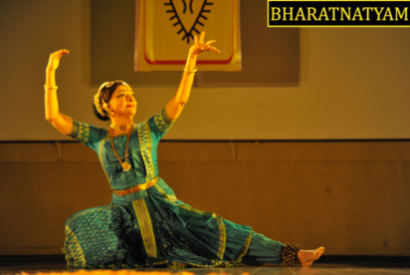
A dance that encompasses Bhav, Rag, Ras and Taal - Bharatanatyam, is considered as the oldest dance forms in India that originated from the temple dancers in Tamil Nadu. It is also known as ekaharya, where one dancer takes on many roles in a single performance. The dance is a pure amalgam of expressions, music, beat and rhythm.
Kathak

Kathak originated from Uttar Pradesh. The word Kathak has been derived from the word Katha which means a story. Primarily a temple performance wherein the dancers narrated stories from ancient scriptures, it started to be performed in court under the Mughal emperors, where it developed into a form of dance with a distinctive style.
Sattriya
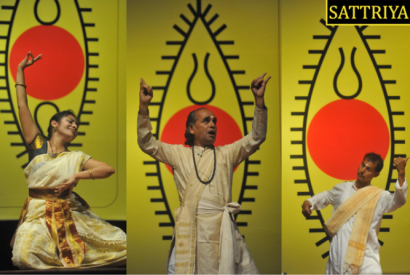
The Sattriya dance form was introduced in the 15th century A.D by the Vaishnava saint and reformer of Assam, Sankaradeva as a medium for propagation of the Vaishnava faith. The dance form evolved and expanded as a distinctive style of dance later on. Sattriya is characterized by gracefulness, elegance, vigor and majestic beauty.
Odissi
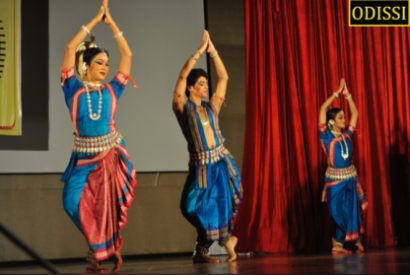
The long-established dance form Odissi emerged from the east Indian state of Odisha and is mainly derived from the ancient Hindu temples in Odisha. It is also considered as one of the oldest surviving dance forms of India. The major subjects of performance are lores of incarnations of Lord Vishnu and verses of Jayadeva’s Gita Govinda.
Kathakali
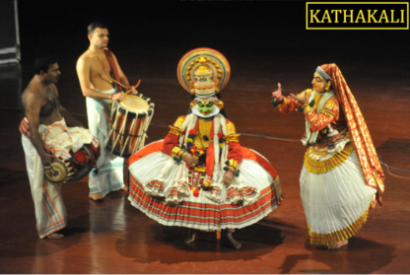
Kathakali originated in Kerala during the 17th century. It is a blend of dance, music and acting and dramatizes stories, which are mostly adapted from the Indian epics. The dancers enact the roles (kings, gods, demons etc.) of the stories, the vocalists narrate the legend and the percussionists play the musical instruments.
Mohiniyattam

The elegant solo dance form from Kerala, Mohiniyattam is the dance of Mohini (an incarnation of Lord Vishnu). It has elements of Bharatanatyam (grace & elegance) and Kathakali (vigour) but is more lyrical and delicate. Mohiniyattam is a Lasya inspired dance with soft, calm and gentle movement, and is usually done by women.
Manipuri
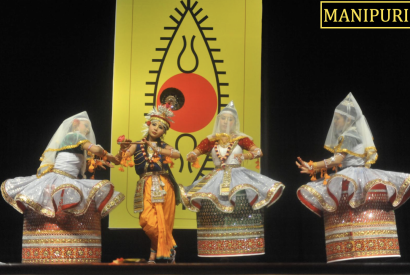
Manipuri dance form originated in Manipur and is a pure spiritual experience. It was traditionally performed as a dance – drama on devotional songs, Manipuri showcases the love between Radha- Krishna through Raaslila. It has a large repertoire, however, the most popular forms are the Ras, the Sankirtana and the Thang-Ta.
Kuchipudi
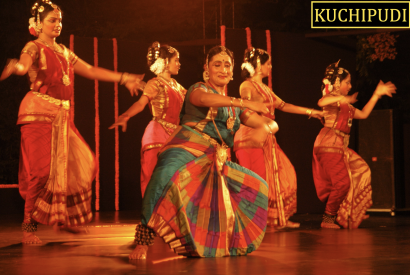
Kuchipudi originated in the southern state of Andhra Pradesh, as a long tradition of dance-drama, known under the generic name of Yakshagaana. In the 17th century , Kuchipudi style of Yakshagaana was conceived by Siddhendra Yogi, which was later developed as a classical dance form. It still follows a lot of ancient rituals.